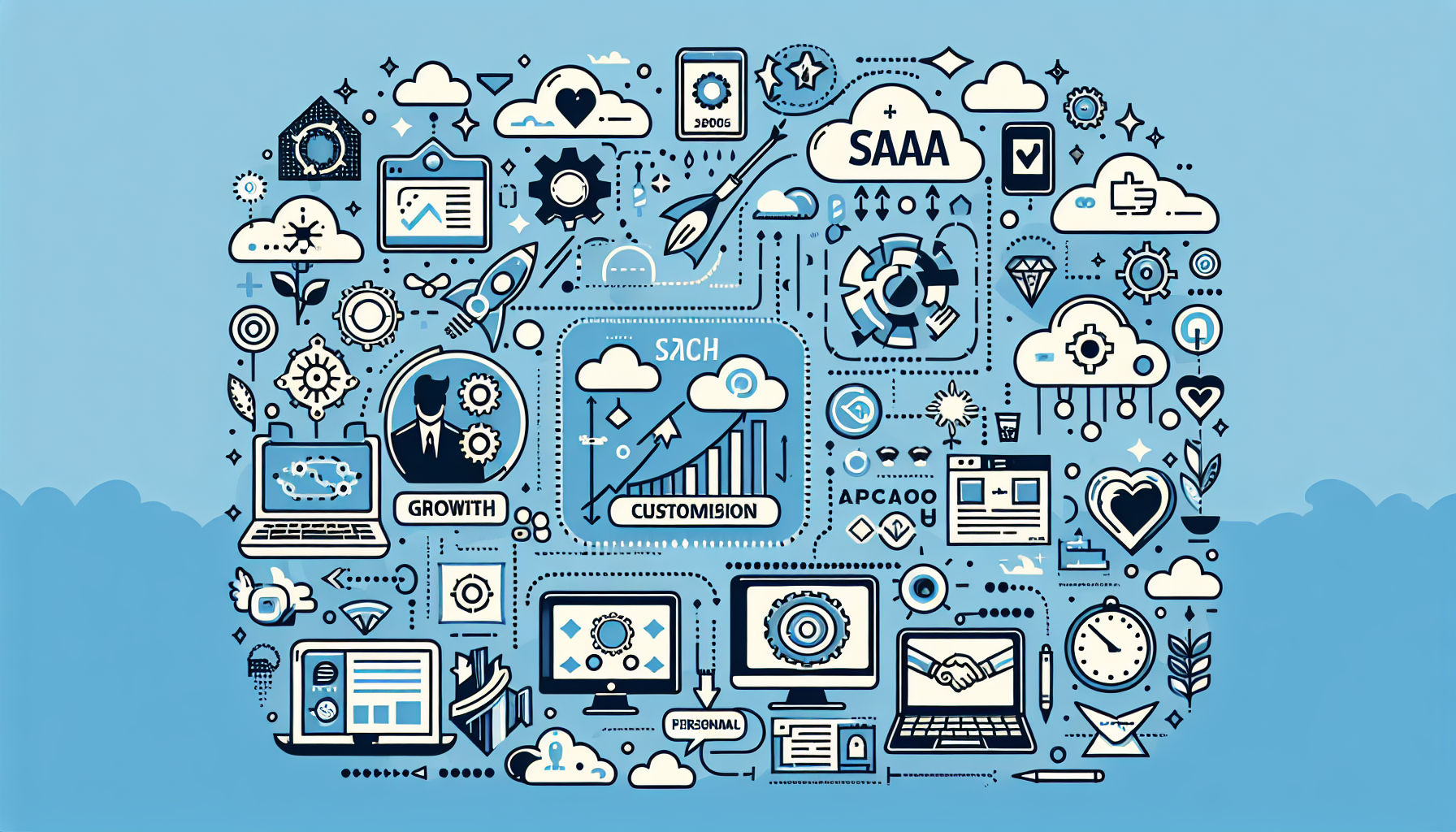The Rising Importance of In-App Personalization in the SaaS Landscape
In recent years, in-app personalization has emerged as a critical approach for software-as-a-service (SaaS) providers seeking to enhance user engagement and drive conversions. As the digital landscape continues to evolve, the demand for personalized user experiences is more pronounced than ever. This blog explores the significance of in-app personalization, the data sources that fuel it, and how companies are leveraging these strategies to improve user experience.
Understanding In-App Personalization
In-app personalization refers to the use of user data to customize the experience within a software application. Unlike traditional marketing personalization, which focuses on attracting potential customers, in-app personalization is about optimizing the experience for existing users. According to recent surveys, over 67% of respondents indicated that personalization efforts helped them exceed revenue targets and improve customer satisfaction, highlighting its importance.
The growing reliance on personalized experiences can be attributed to a fundamental shift in user expectations. Today's consumers desire tailored interactions that understand their unique goals and preferences. When a user first engages with a tool, it can often feel overwhelming. Personalization can mitigate this confusion by directing users to relevant features based on their needs.
Data Sources for Effective Personalization
To create these personalized experiences, companies rely on three primary data sources—goal-based data, attribute-based data, and product usage data. Understanding these types of data is essential in crafting personalized strategies.
Goal-Based Data
Goal-based data involves identifying what users intend to achieve with a product. This information can be collected through onboarding questionnaires, surveys, and user interviews. For instance, if a user signs up for a project management tool, understanding whether they're from a marketing or engineering background enables tailoring the onboarding experience to spotlight features that resonate with their unique objectives.
Attribute-Based Data
Attribute-based data refers to characteristics such as job title, industry, or experience level. By gathering this information, companies can streamline the initial user experience. For example, a marketing professional logging into a collaborative platform can receive prompts for templates specific to marketing projects, enhancing usability right from the start.
Product Usage Data
Lastly, product usage data tracks how users interact with the software, examining frequently accessed features and session lengths. This data provides intimate insights into user behavior and can guide future personalization efforts. For example, if a user often engages with certain productivity tools, personalized suggestions can be made regarding advanced features or integration options to maximize their efficiency.
Real-World Applications of In-App Personalization
Companies like Speeko, Read.io, and Canva have successfully harnessed the power of in-app personalization to improve user engagement.
Speeko, an AI public speaking coach, personalizes the onboarding experience by asking new users about their goals and prior public speaking experience. Upon completion of the onboarding questionnaire, users receive a personalized action plan tailored to address their specific needs.
Read.io, an automated meeting report maker, creates a tailored experience based on user roles. By allowing users to specify their department during onboarding, Read.io can provide a relevant experience that addresses specific challenges faced by different teams.
Canva, a leading graphic design platform, utilizes product usage data to celebrate milestones. When users achieve specific design goals, they receive congratulatory notifications and badges, encouraging continued engagement and motivating users to share their accomplishments on social media.
Implications for Businesses
Adopting in-app personalization strategies has significant implications for businesses. Not only does it enhance user satisfaction and loyalty, but it also drives engagement and retention rates. A personalized experience allows companies to maintain a competitive edge in an increasingly crowded market. By effectively utilizing user data, businesses can ensure their product offerings align with user expectations, thus facilitating smoother onboarding processes and improving overall user satisfaction.
In my personal opinion, as we head into a future dominated by technology, the success of SaaS companies will heavily depend on how well they can tailor their services to meet individual user needs. The days of one-size-fits-all approaches are quickly becoming a thing of the past, and companies that fail to adapt risk falling behind.
Conclusion
In-app personalization is no longer a luxury—it is a necessity for businesses striving for long-term success in the SaaS industry. By understanding and leveraging various data sources, companies can create a tailored user experience that meets specific needs and goals. As this trend continues to gain traction, expect to see even more innovative approaches to personalization shaping the future of user engagement and satisfaction.

답글 남기기